
Strategies & Solutions for Operational Savings
We Know Operational Savings in Healthcare
Healthcare is currently in the throes of unpredictability. An ever-increasing volume of sick patients, even fiercer competition, a shortage of labor, the rising cost of getting that labor as well as supplies, is impacting healthcare systems’ overhead expenses at an unsustainable rate.
- Although hospital revenue saw an upswing in the last quarter of 2021, growing expenses offset gains for many hospitals (Becker’s Hospital CFO Report 2022)
- Estimated spending on hospital administrative functions topped $950 Billion in 2020 (McKinsey & Company 2021)
- Hospitals and healthcare systems are now paying $24 Billion more per year for clinical labor than pre-pandemic (Premier 2021)
Making matters more difficult is the fragile balance between controlling costs and delivering positive patient outcomes. Simply reducing spend in areas like staff, equipment, and supplies can hinder a hospital’s ability to deliver an excellent patient experience and, ultimately, the funding that comes with it.
So where can you realize meaningful savings within a healthcare foodservice operation while continuing to prioritize the health and recovery of your patients? The answer is a holistic approach that strategically aims to affect cumulative incremental savings across many areas versus trying to realize huge savings from just one.

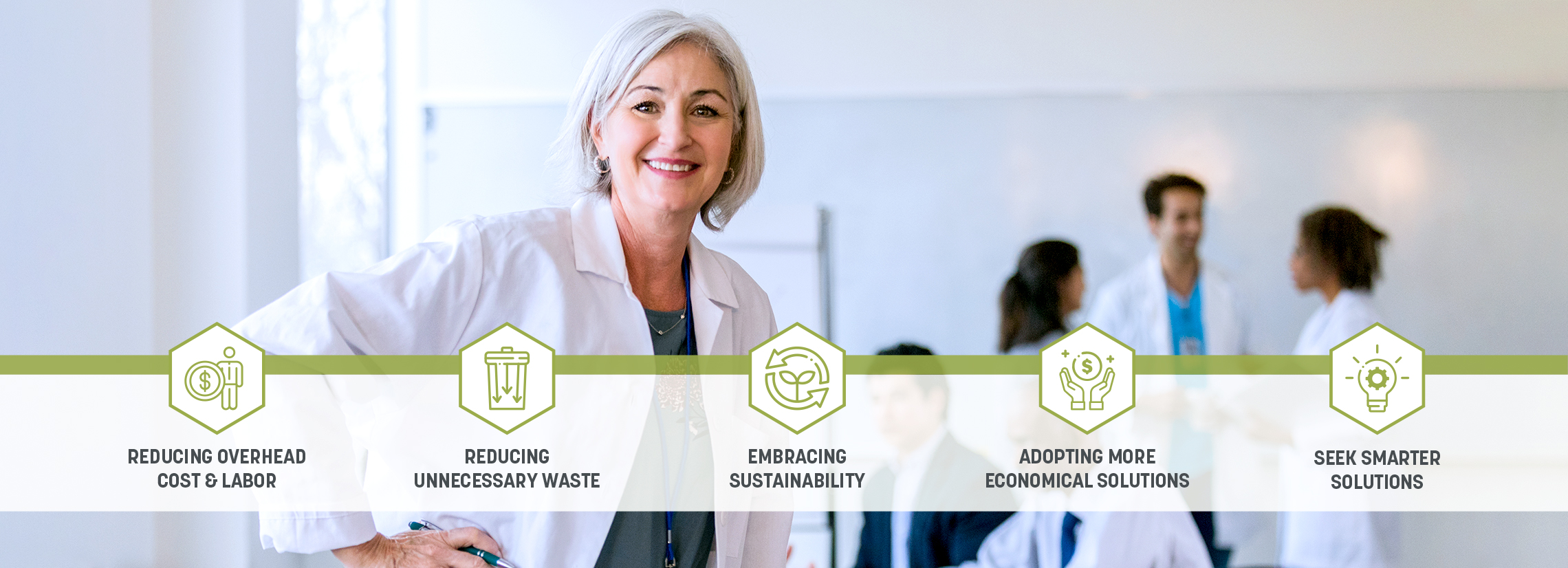

Reducing Overhead and Labor Costs
In this multi-pronged approach to realizing meaningful operational savings, the obvious starting point is taking a hard look at ways to trim your overhead expenses and labor costs without negatively impacting the patient experience and outcomes. We offer these five tips for getting that done:
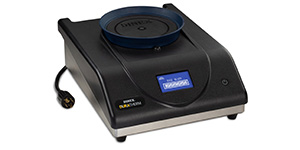
Tip #1: Efficiency Saves Money
From ordering to product usage, you can run your operations more smoothly and efficiently while lowering overhead costs with products and solutions designed for maximum value, efficiency and ROI.
Learn more about our DuraTherm Induction Charger 208V 3PH
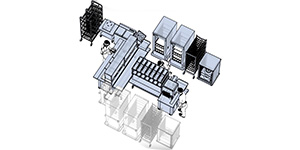
Tip #2: Keep It Simple
Products designed with simplicity in mind are easier to use, resulting in less training and much more productivity for your team members. That adds real value, empowers your associates, and leads to much less frustration. And that has a direct positive impact on your cost of labor.
Learn more about our POD: Point of Delivery Systems
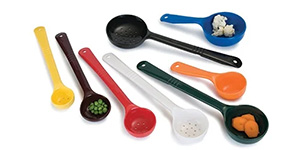
Tip #3: Get Portion Control
Optimizing your portions reduces the chronic problem of over-serving, which significantly cuts down on loss and waste over the long haul.
Learn more about our Color Coded Measure Misers
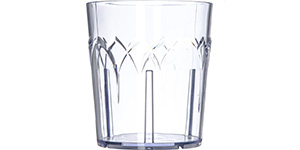
Tip #4: Realize Purchasing Power
Work with an integrated one-stop, total solutions provider to realize better pricing and more for less while lowering order minimums, reducing excess product, and the advantage of maintaining less inventory on hand.
Learn more about our Dinex® Fenwick Tumblers in 6 oz, 9 oz and 12 oz
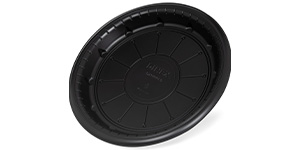
Tip #5: Breakaway from Breakage
Replacing your china and glass with high quality plastics and melamine means longer lasting dinnerware that needs to be replaced much less frequently.
Learn more about our 9" High Heat Disposable Plate

Reducing Unnecessary Waste
Waste, across the board, is an operational cost killer. And although food waste, via spoilage and prep, are the biggest culprits, there are other areas across your healthcare operation where waste is hurting your bottom line.
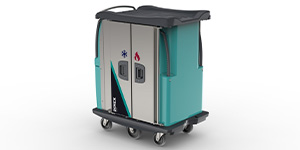
Tip #1: Make Food Go Farther
Getting food to last longer reduces waste and, ultimately, your carbon footprint all the while saving money.
Learn more about our Meals On Command™
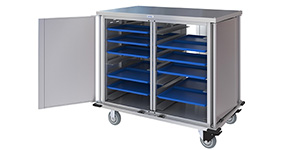
Tip #2: Get the Right Equipment
Products that work more efficiently help save you money. So do products designed to run for the long-haul boasting gentle, low-impact action for enhanced durability, less maintenance, less breakage, longer intervals between replacement, and perfect portions.
Learn more about our Totally Quiet Compact Carts and our new options DXPTQCDISPENSER and DXPTQCSHELF
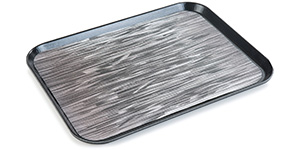
Tip #3: Get the Most from Your Resources
Optimizing resource usage via tapping high-quality products designed for the ultimate efficiency means less washing, less solution, less electricity, and less water.
Learn more about our Non Skid Trays

Tip #4: Be Toxicity Free
Use products that are free of any toxic materials — like BPA-free options that meet NSF standards — that could cost you in a variety of ways down the road.
Learn more about our Dinex® White 9" Entree Plate

Tip #5: Chill Out
Maintaining the proper cold temperatures keeps food fresher longer, and always ready to serve or store while, importantly, preventing foodborne illness that can lead to litigation.
Learn more about our Air Curtain Refrigerators and upcoming clear door option coming summer 2022 by joining our mailing list!

Embracing Sustainability
With climate change never more front and center, sustainability continues to be of utmost importance to patients, aligning with a “healing without harm” industry mission, and spurring healthcare foodservice operators to actively reduce, reuse, and recycle to minimize their impact on the environment.
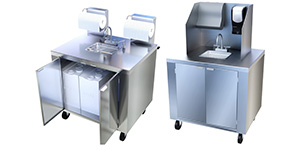
Tip #1: Reduce Your Garbage Volume or Use Environmentally Friendly Plastics
Continuously audit your product and solution lines with an eye toward cutting the amount of trash and waste your operation generates. Also look for manufacturers that are designing products that contain less plastics.
Learn more about our Mobile Hand Washing Stations
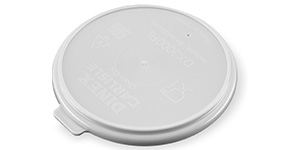
Tip #2: Employ Creative Ways to Reuse Existing Material
Find new ways to repurpose things that otherwise would have been thrown out such as reusing scrap materials or production mistakes to save on resources and expenses.
Learn more about our Turnbury Mug Reusable Lids and Bowl Reusable Lids
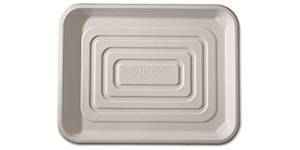
Tip #3: Get Clear on Recycling
Wherever possible, use products with packaging that’s 100% recyclable, understand what can and can’t be recycled by your local facility, and find ways to turn something seemingly old and useless into something new and useful.
Learn more about our 14" x 18" Bagasse Disposable Tray

Adopting More Economical Solutions
Adopting a more economical approach to your operations doesn’t mean buying your solutions on the cheap. It means demanding the kind of quality, commercial-grade products that give you maximum value and allow you to get the maximum amount of work done. And that positively impacts your bottom line.
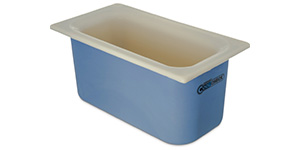
Tip #1: Don’t Confuse Economical and Cheap
Demanding high-quality, commercial-grade products and solutions — versus those lower-priced options that might, at first blush, might seem to save you money — is really the much more economical play and will prove friendlier to your bottom line in the long run.
Learn more about our Coldmaster® CoolCheck® Third-Size Food Pan, 4 qt
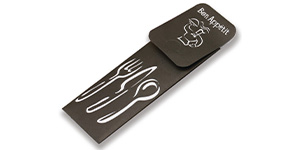
Tip #2: Buy for the Long Haul
Minimize premature loss and replacement costs by investing in the kinds of products and solutions designed to last — and work — much longer.
Learn more about our 16" x 16" Cutlery Caddy with Napkin
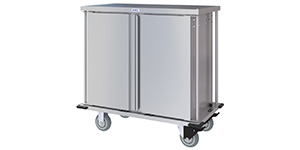
Tip #3: Make the Most of Your Team’s Hours
Reduce your team’s training hours and workload with products designed to be intuitive, easy to use, and get the maximum amount of work done for the least effort.
Learn more about our Dinex® Totally Quiet Compact Meal Delivery Cart
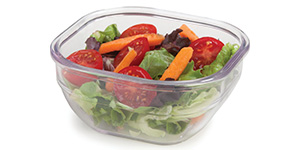
Tip #4: Take a Practical Approach
Reach beyond the theoretical to leverage tried and true methods that work effectively in the field. Like color coded products that offer a broad range of function and many substantive advantages.
Learn more about our Clear 10 oz Square Bowls

Seek Smarter Solutions
Working smarter — by tapping products that boast innovative design and incorporate new technologies — also leads to increased productivity through better efficiency.
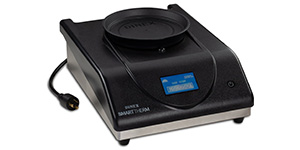
Tip #1: Embrace Technology
Whenever possible, tap innovative solutions that incorporate advanced technology that help your team do their jobs better and easier, increase their efficiency, help prevent mistakes, and minimize waste.
Learn more about our Smart•Therm Charger 208V 1PH
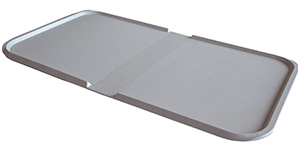
Tip #2: Don’t Be Afraid of Color
Improve your operations by designating color-code solutions to different tasks or work areas/zones. Doing so helps enhance organization, significantly improve hygiene, and, importantly, appease the health inspector.
Learn more about our Gray 22" x 13" Thermal Aire III™ Individual Meal Patient Tray
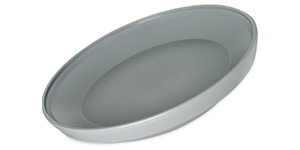
Tip #3: Seek an Active New Product Pipeline
Work with a manufacturer that listens to customer feedback and needs while anticipating future trends to fuel aggressive new product development.
Learn more about our Cool Base and updates by joining our mailing list!
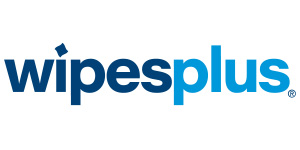
Tip #4: Benefit from Better Integration via Acquisition
Partner with a manufacturer that innately understands what’s needed to continually enhance their integrated solutions offerings and get you the complementary products your business needs via an active acquisition strategy.
Learn more about WipesPlus
